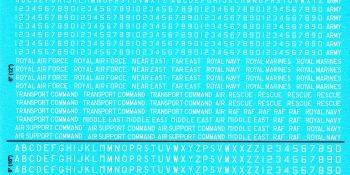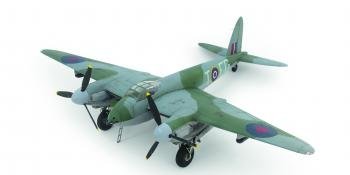BASIC BUILD
Wayne Dippold gets down and dirty with Great Wall Hobby’s 1/72 F-15E Strike Eagle
BOEING F-15E
There’s an adage in aviation that a fighter can be made into a bomber, but not the other way around, and McDonnell Douglas (later Boeing) proved this with its F-15 Eagle. It modified a two-seat B-variant into a formidable multi-role platform, which became known as the F-15E Strike Eagle, also earning the nicknames of ‘Mudhen’ or ‘Beagle’ (Bomber Eagle). Kits of the type in 1/72 have been produced since 1988, but while filling a gap in the market, most were repurposed F-15B/D moulds, with extra conformal fuel tanks. Chinese company Great Wall Hobby (GWH - part of Lion Roar) has arguably created the best 1/72 F-15E with its newly tooled offering… its first in this scale. Clearly emulating the firm’s quarter-scale Eagles, this smaller version packed all the punch of its bigger brother. Since its entry into service, the Strike Eagle airframe has received many avionics and weapons upgrades, and with a modicum of research these changes can easily be accomplished with the kit parts. The addition of an AN/AAQ- 33 Sniper Advanced Targeting Pod would be the only addition necessary to represent a true present-day aircraft.
Getting to grips
On opening the box, it was evident GWH had gone to great effort to include as much detail as possible. It provided ten grey styrene runners, with 206 parts, plus a frame for transparencies and two colourful decal sheets (see panel). Instructions were provided as four separate tri-fold sheets and there was a single-page, full-colour painting guide, with just AMMOMIG and Mr. Color references. The firm’s meticulous approach to parts design included styrene ‘walls’ to protect delicate features, despite all these precautions, this sample arrived with a broken airbrake hinge, although this was relatively simple to repair. The moulding quality was excellent, providing crisp, clean panel lines on the exterior and well-defined detail throughout. While many components had ejector-pin marks, most were hidden by construction and thoughtfully, many attachment points were positioned on mating surfaces, which minimised the risk of damage to the exterior when removing them from the runners.<…





